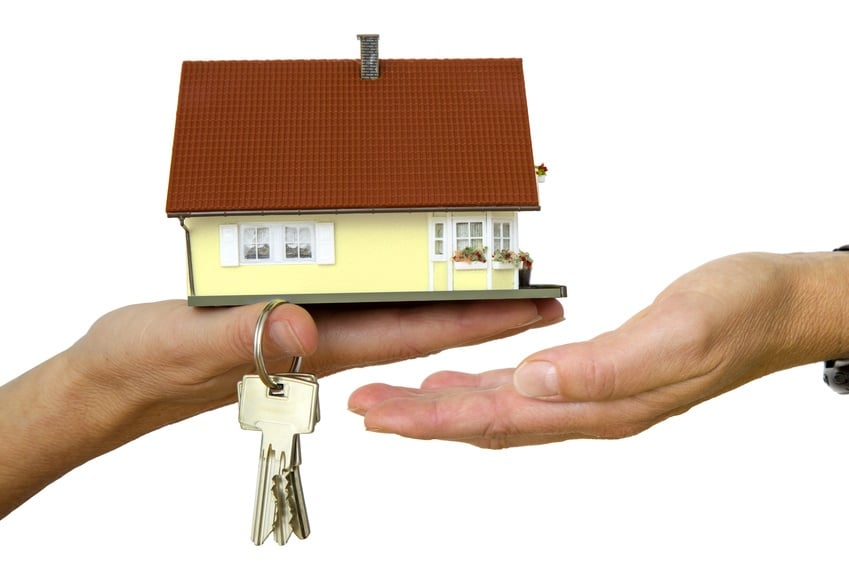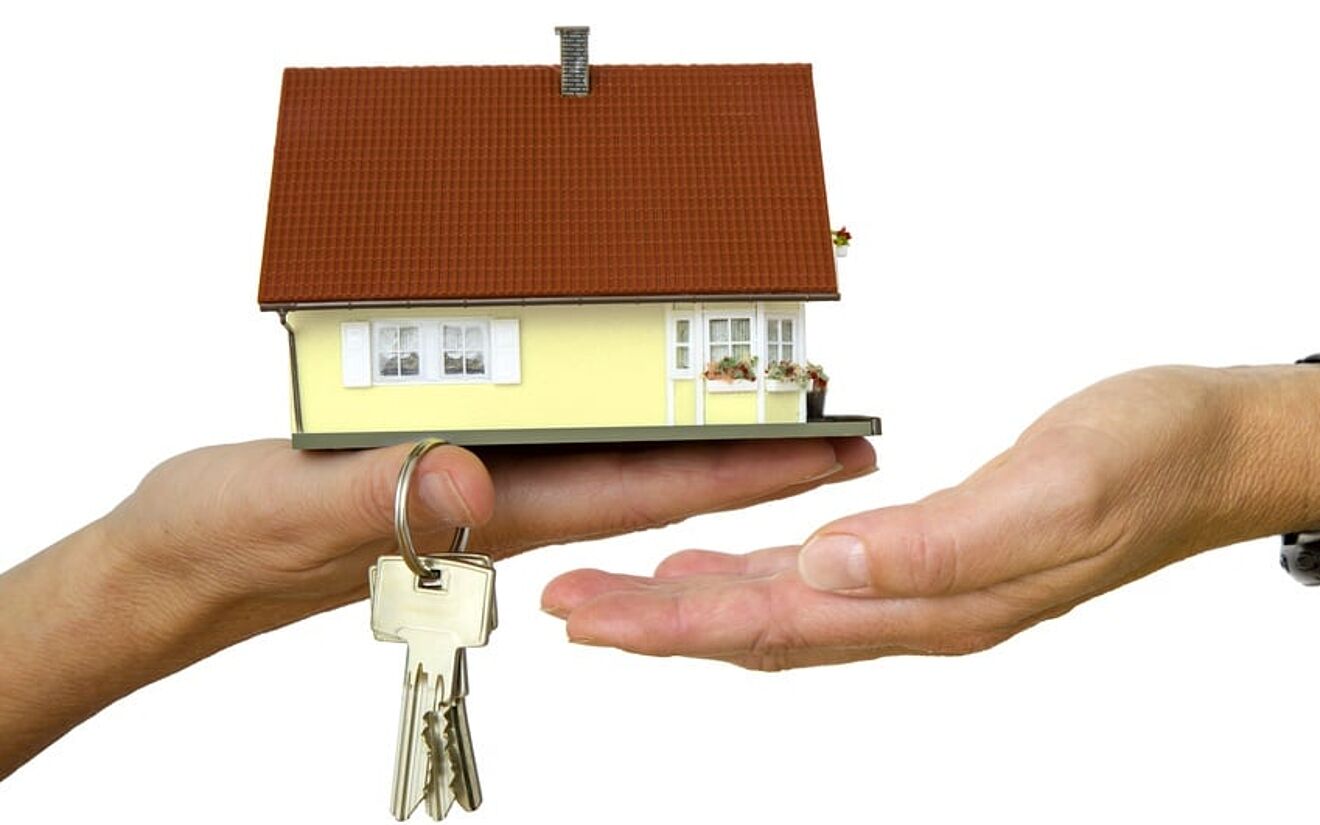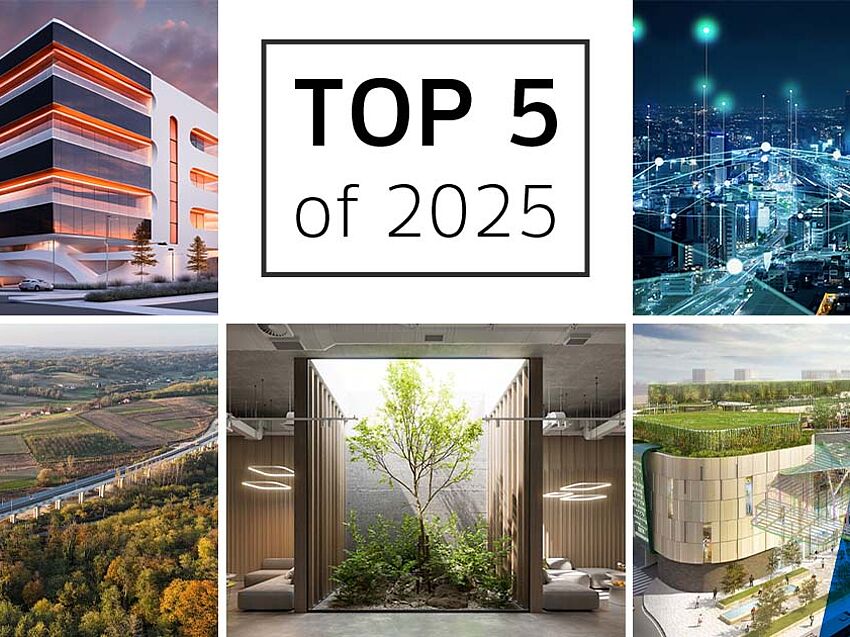Ready-to-eat pizza, ready-to-eat pasta, ready-to-eat soup – when it comes to food, the phrases "ready-to" or "pre-made" stand for mass-produced, quick and cheap. They do not necessarily stand for quality. Those who want to dine well certainly do not reach for the freezer. Similar notions have also long shaped the attitude towards houses in Germany where "prefabrication" was a priority. Even today, many people still perceive prefabricated houses as lower quality. A look at the trend in prefabricated houses shows where the prejudices come from and the extent to which they are still justified today.

The term "prefabricated house" is not clearly defined in Germany. In general, it includes any building that is largely industrially prefabricated. However, many people use the term synonymously with highly prefabricated houses in wood panel design, as they have been manufactured since the 1950s. Thus many building advisors still distinguish between prefabricated and solid houses. The Bundesverband Deutscher Fertigbau e.V. [Federal Association of German Prefabricated Buildings] deals almost exclusively with wooden houses. Especially since the German reunification, however, solid houses with precast elements made of concrete, reinforced concrete, prestressed concrete or lightweight concrete have formed a branch of the prefabricated house market.
"Classic" Prefabricated Houses
Presumably, prefabricated wood houses are still regarded primarily as traditional prefabricated houses, because since the 1960s they have also been created with the typical services associated with prefabricated houses. These include turnkey building, a wide range of custom design options and variable plans. These and the unbeatable prices made possible by mass production became a success story of the prefabricated house concept and resulted in a regular sales boom from the end of the 1960s to the early 1970s.
The production of type houses on a large scale, however, also led to prefabricated houses being categorized as cheap ready-made cardboard houses, where the metaphor also referred to the poor noise insulation of the thin walls. The poorly soundproofed wood panel structures also experienced damage to their image in the 1970s and 1980s when the health-harming effects of the wood preservatives used with ingredients like PCP, lindane or DDT became known. To this day, the toxic polluted areas in houses from this time period pose a problem.
Prefabricated Houses Today
A great deal has changed in prefabricated house construction since the 1950s. Above all the idea of keeping the price as low as possible through mass-produced type houses has fallen into the background. Prefabricated houses today are largely individually planned buildings, which hardly differ from the prices of "normal" houses. The reason why their market share has not only stabilized, but even steadily increased (from 13.5 percent in the year 2000 to 19.9 percent in 2015) is due to the prefabrication, the associated short and better plannable construction time, fixed price guarantees and the comfort of a turnkey house.
In addition, there are the physical building and environmental advantages of wood structures, at least with the 'classic' prefabrication houses. Due to the now prescribed structural wood protection, these now manage almost entirely without chemical wood protection. And since there have also been major developments in terms of sound protection as regards legal minimum requirements and design, residents of such homes these days can also sleep better.

Stubborn Prejudices
Qualitatively, the prefabricated building kits can easily hold their own with homes built stone by stone. Prejudices against prefabricated houses with a wooden structure, however, still run deep in Germany. They are primarily based on the traditional idea that houses in solid design are safer and last longer. The industry also offers solid prefabricated house not least as an answer to such doubts. At nearly 1/5 (2015 18.6 percent), their market share is relatively low, but these have nevertheless been the best-selling type house in Germany for years with the "Flair 113" from Town & Country. The allegation of a lack of individuality, however, will also have to be let go here too.




